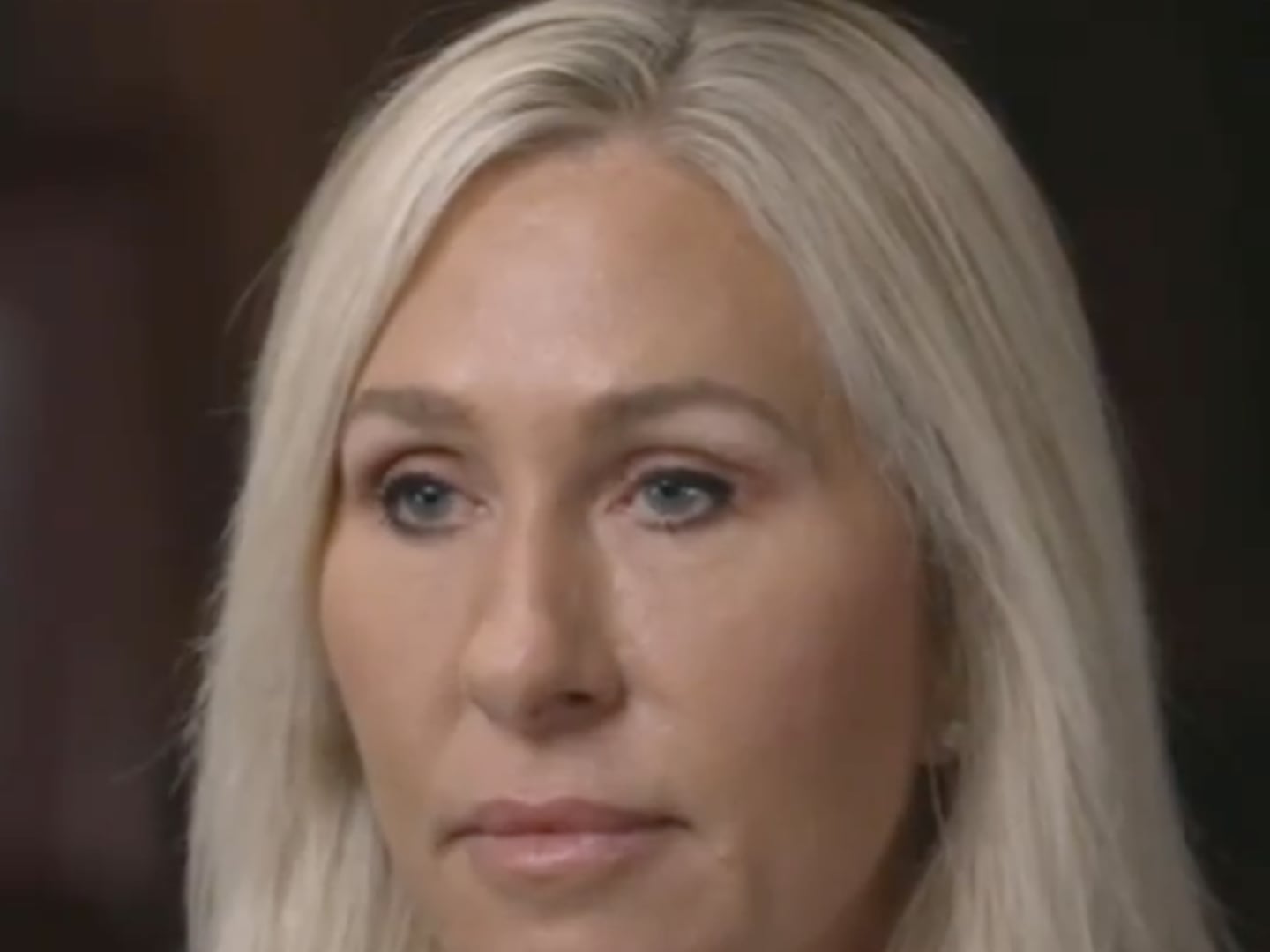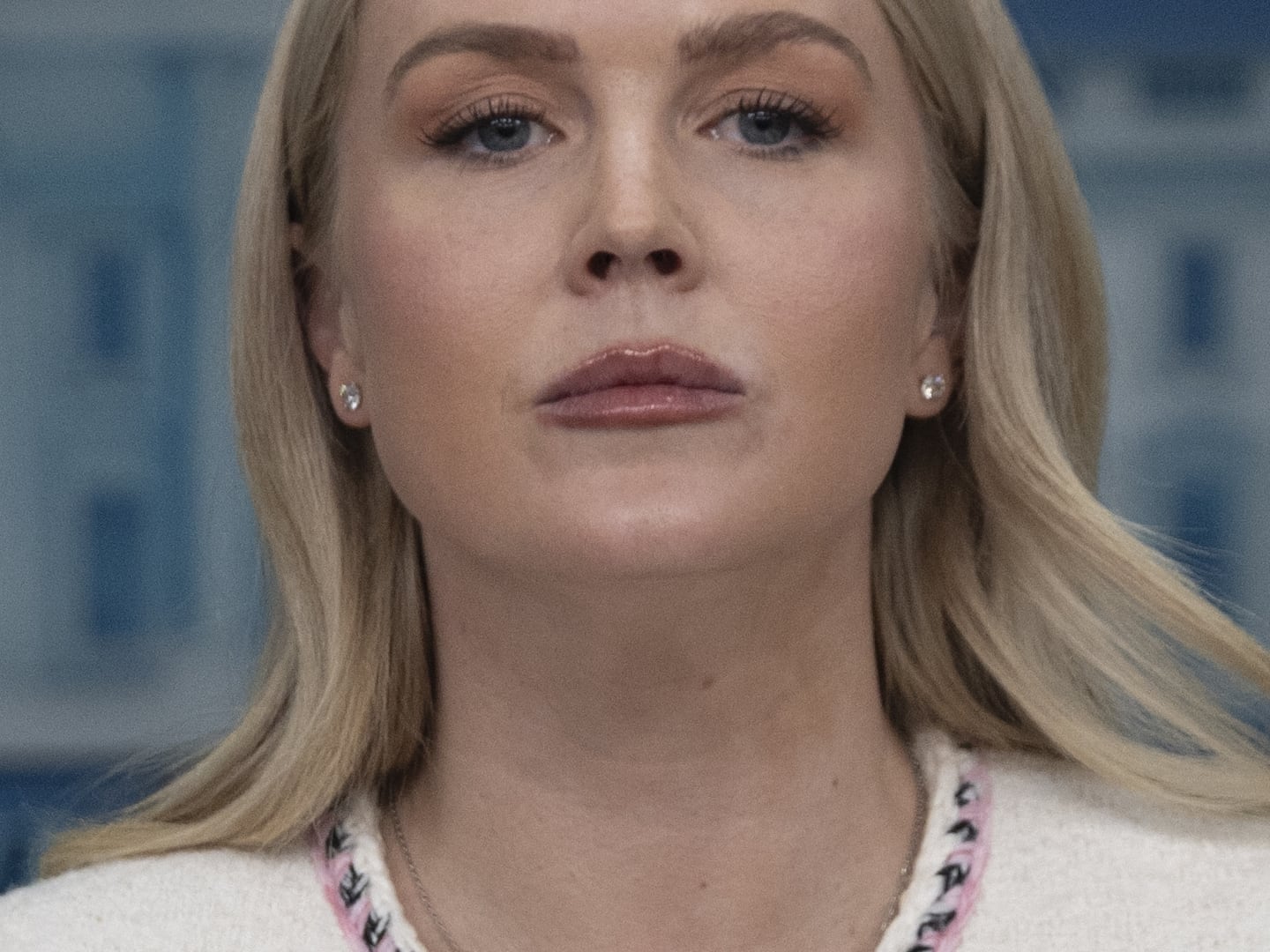
In an exclusive excerpt of The Sellout, Charlie Gasparino reveals the inside story of how Paulson and Bernanke forced BofA to buy Merrill Lynch and prevented another meltdown.
With so much to worry about after Lehman Brothers' bankruptcy and the panic selling it touched off, including the continued saga of Citigroup, officials in the Federal Reserve and the Treasury Department could take some comfort that at the very least Merrill Lynch had been saved. The systemic risk of Merrill's folding like Lehman had was far too devastating for either Ben Bernanke or Hank Paulson to imagine. It had a balance sheet twice as large as Lehman's—close to $1 trillion—which meant twice as many trades to unwind and losses to account for. More than that, Merrill was, for all intents and purposes, a big bank, and with that it carried another set of concerns for regulators. Citigroup had close to $1 trillion in customer deposits in checking and savings accounts, but Merrill managed more than $2 trillion for small investors through its vast network of retail brokers scattered throughout the country, in small towns and big cities alike.
Lewis was desperate. “I need help,” he pleaded to Bernanke. He relayed how surprised he had been—“stunned” was the word he used—to learn that Merrill Lynch’s balance sheet problems were not over.
So Bernanke and Paulson thought, "Thank God Ken Lewis and Bank of America had the cash and the vision to buy Merrill before the week-from-hell began" as they moved on to other crises, including the final nail in the coffin for Wall Street, when the Fed announced that both Goldman Sachs and Morgan Stanley would become commercial banks with full access to all the ways banks can borrow from the Fed's discount window. After the announcement, neither Goldman nor Morgan promised to open branch offices or hand out toasters and debit cards to their customers. But the designation signaled a new era of deep and possibly painful regulation for the independent investment banks. After all, they had spent the past two decades borrowing to finance their increasingly risky trades under the purview of what was known as "self regulation," the concept that Wall Street could police itself through its membership in organizations like the New York Stock Exchange, the National Association of Securities Dealers, and the SEC.

The problem was that the self-regulators did very little regulating and the SEC missed too many crises, including the Great Financial Crisis of 2007 and 2008. Now the investment banks would be treated like the commercial banks, regulated by the Federal Reserve (Fed officials have offices in each bank), a regulator with a record of achievement just good enough (the Fed hadn't missed the Madoff scandal) to give investors some hope that at the very least the lunatics weren't in charge of the asylum.
So as officials from the Fed and the Treasury left for the holidays, a seeming break from the madness once again set in both on Wall Street and in Washington. The "crisis" seemed to be over. Depositors stopping yanking money out of Citigroup; confidence returned to the money-market-fund business after the government announced a voluntary program to insure money-market funds. Perhaps it would be a quiet Christmas after all.
All that, however, changed with one telephone call.
“Maybe he's looking for a little candy," Ben Bernanke told Kevin Warsh, a key Federal Reserve governor who had played a major role in the agency's response to the financial crisis, about the desperate call that Bank of America CEO Ken Lewis had just made to the Fed boss. It was December 15, and Lewis was desperate. "I need help," he pleaded to Bernanke. He relayed how surprised he had been—"stunned" was the word he used—to learn that Merrill Lynch's balance-sheet problems were not over. Merrill was still losing money, lots of it. The way Lewis described it to officials, after shareholders had voted to approve the merger in early December, he had been informed by his finance people that the sludge on Merrill's books, seemingly undetected by his due diligence team, had eroded in value to such an extent that he could not go through with the merger on his own.
It wasn't necessarily subprime debt that had been hit, though there was still some of that on the firm's books. It was exposure to monolines, bonds that had been covered by the bond insurers Ambac and MBIA, which had lost their triple-A ratings during the crisis, plus other debt, which combined to produce a toxic brew of losses that would eventually total $15 billion ($21.3 billion on a pretax basis).
Lewis was now threatening to walk away from the deal (or at the very least to renegotiate the terms in a major way) unless he could get federal assistance to make the numbers work. It could still be done, of course.
Both firms were technically free of each other, at least for two more weeks, when the merger would officially close and they would legally become one entity.
For Bernanke and Paulson, who also received a call from Lewis, it was an abrupt, strange about-face coming from a man once considered one of the best CEOs in banking to be making now, three months after announcing his purchase of Merrill with much fanfare. Paulson and Bernanke recalled the jubilation and confidence of senior executives at Bank of America after Lewis had finally gotten what he had coveted for so long: Merrill's mighty army of brokers, 16,000 strong, to add to his already formidable bank, now the largest in the country in market value and deposits.
Bernanke, Paulson, and Geithner huddled as well. Their conclusion: that either Lewis had lost his mind or he was bluffing and looking to take advantage of the government’s new mandate to save “systemically important financial institutions.”
They also recalled the memo written by Lisa A. White, a senior official in the Richmond Federal Reserve Bank, which regulates Bank of America, which had suggested that Lewis knew what he was getting in Merrill, both the good and the bad. White had said that Lewis and his team felt "a much higher level of comfort with Merrill than it did with Lehman," which the bank had briefly considered buying in September, "specifically with the value of the franchise and the marks on the assets," such as the CDOs and the trading positions still on Merrill's books that Lewis now said were blowing up.
One of the concerns among Bank of America shareholders was the hefty price John Thain had extracted from Lewis—$29 a share, in a deal worth around $50 billion, for a bank that would in all likelihood go bankrupt that following Monday. But Lewis, according to White's memo, said he didn't overpay. Quite the contrary, he thought he was getting the nation's largest brokerage firm at a steal, or a "30-50 percent discount," based on his valuation on all the company's assets.
Lewis now sounded a lot like Vikram Pandit had a few weeks earlier, and BofA was looking a lot like Citi in terms of its balance-sheet woes. Regulators didn't take Lewis's threats at face value; Bernanke's "candy" remark underscored the initial consensus at the Fed that Lewis might have been bluffing, making the problem out to be worse than it was in order to receive some federal aid as Citi just had.
• Charlie Gasparino: Wall Street’s Bonus Hypocrisy• Allan Dodds Frank: Hedge Fund DominoesBut the more the regulators dug into BofA's books, the deeper the problem facing the bank seemed to be. It wasn't just the losses from Merrill, which were staggering enough. The bank was struggling with its own, pre-Merrill balance sheet of soured loans and bonds tied to real estate and consumers, such as credit-card receivables that were large enough, when combined with the Merrill mess, to imperil Bank of America's existence once they were disclosed to shareholders, depositors, and creditors.
More than that, Lewis appeared adamant about his intention to walk away unless the government came through with some money. "I'm not sure we can go through with it" Lewis reiterated. Though he didn't know the full extent of the losses at Merrill, his accountants were telling him they were huge, several times larger than the $5 billion to $6 billion analysts had been predicting, so that his own bank would be in danger of collapse.
What he did know was how to unwind the deal. Lewis said he was weighing whether to enforce a rarely used clause that can be found in most merger contracts, known as the material adverse change clause, or MAC, which allows companies to cancel a deal if something extraordinarily negative develops that evades normal due diligence procedures. One reason MACs are rarely enforced is because there aren't that many events that can reasonably escape due diligence, except outright fraud or natural disasters.
Yet here was Ken Lewis telling the nation's top regulators that he had a legal opinion that the losses at Merrill were so high that they were MAC eligible. Paulson and Bernanke, who thought they had dodged a bullet when Lewis agreed to buy Merrill, now found themselves back nearly at square one.
A meeting was set for December 21. While Lewis huddled with his advisers, Bernanke, Paulson, and Geithner huddled as well. Their conclusion: that either Lewis had lost his mind or he was bluffing and looking to take advantage of the government's new mandate to save "systemically important financial institutions," in Paulson's words, and get some free money to make the merger work.
Paulson didn’t mince words with Lewis: Invoke the MAC clause, he said, and you’re finished. Lewis be sued by Merrill shareholders as their stock crashed to near-zero because the clause didn’t provide an out for lack of due diligence (or, in this case, stupidity).
Either way, they were irate. This was, after all, the same CEO who had purchased the poster child of bad subprime lending, Countrywide Financial, and then, with less than two days of meetings and due diligence, wanted to buy Merrill Lynch in a deal worth $50 billion and was now looking for a handout to pay for it all.
For Paulson, Bernanke, and Geithner, the prospect of systemic risk was back. What would happen if BofA walked? The nightmare scenario, discussed during private conversations among the three men and their staffs, went something like this: Merrill Lynch would go into receivership without the federal government stepping in and buying the company outright. Even if Merrill were saved by the government (and that would be the biggest bailout yet; the federal government would have likely had to take a majority interest in the firm, something neither Paulson or Bernanke wanted), all hell might still break loose, given the size of the firm's balance sheet and the uncertainty it might unleash in the already jittery global financial system. "We could see a scenario where asset values across the globe plummeted to zero as mass selling met with no buying," said one investment banker who worked closely with government officials at the time.
It was, of course, a nightmare scenario, but as far as policymakers were concerned, it wasn't just a bad dream but a possible reality if Lewis carried out his threat to walk away. That's why Paulson was about to carry out a threat of his own.
As the meeting at the Fed's Washington, D.C., headquarters got under way, Paulson and Bernanke were convinced that Lewis was no longer bluffing—their own analysis indicated that the losses at Merrill were staggering, so much so that, combined with BofA's own problems, the bank might not survive. But that didn't temper their response when Lewis, clearly tense and uncomfortable, sat across from the nation's top banking regulators and repeated in a slightly trembling voice that "We can't go through with it... not without some help" and that he was considering the use of the MAC as a way out.
Paulson didn't mince words with Lewis: Invoke the MAC clause, he said, and you're finished. Not only would Lewis be sued by Merrill shareholders as their stock crashed to near-zero because the clause didn't provide an out for lack of due diligence (or, in this case, stupidity), but it would be reckless, bringing the financial crisis one step closer to the doomsday scenario they were fighting so hard to avoid.
Paulson told Lewis to consider something else—there would be a penalty for engaging in reckless behavior. Bernanke had the authority to remove not just him as CEO but also all his cronies on the Bank of America board of directors. One of the issues regulators were now grappling with as a major contributing factor to the financial crisis was just how incompetent the boards of the big financial firms had been, providing minimal oversight and almost never standing up to management. BofA's appeared to have been among the least engaged of them all.
Lewis didn't seem much more engaged, regulators concluded, which only added to their frustration. "No one at the Fed threatened Lewis with his job," said one senior Fed official, but the official said they didn't have to, because Paulson, after a long career at the snake pit known as Goldman Sachs, could threaten with the best of them, and while he did, Bernanke simply sat there and nodded in agreement, though he held out the notion that if it was money he was looking for to make the deal work, the government was ready to act.
Lewis now had two choices: If he backed out of the deal, he was definitely toast—Paulson and Bernanke would do the deed—but if he did the deal, Bank of America would be in Citigroup territory, a virtual ward of the federal government. Given the size of the losses, and the amount of money that the Feds would have to inject into the bank, thus diluting shareholders, this must have made his stomach churn. BofA's stock price would be shattered and the feds would be demanding ownership of a piece of the bank as they had with Citigroup, which was now trading at a paltry $3 a share and heading lower, but at least Lewis would have a job for now.
Over a Christmas break that resembled anything but a holiday, officials at the Fed, the Treasury, and Bank of America worked around the clock to hammer out a deal. Within the Fed, there was a debate over whether Bank of America would be better off trying to raise cash through some type of public offering, maybe with the government's assistance, to avoid the market fallout of becoming Citigroup, Part II.
But Paulson and Bernanke would not chance it. It was too big a gamble, they concluded; the markets weren't just skittish, they were terrified. What investor in this environment would buy a piece of a company whose biggest asset had just lost $15 billion, completely undetected during due diligence? "If they go it alone and they fail, the result would be catastrophic," Paulson said during one meeting.
On January 16, just days before the new administration was to take office, the old administration, in the person of Treasury Secretary Hank Paulson, announced a plan to "save" Bank of America by giving it an additional $20 billion from the TARP and protecting it against losses on $118 billion in potentially troubled assets. To understand how far Bank of America had fallen, consider that when the deal for Merrill was struck in September, the combined bank would have been worth $179 billion. On month after the deal was consummated, the combined company had a market value of just $39 billion. That's $11 billion less than Lewis had agreed to pay for Merrill.
To date, both Lewis and Pandit are still running their twin exemplars of corporate mismanagement, and even though their banks are beginning to show signs of life with meager profits, their future, as well as that of the banking system, is hardly assured.
Plus: Check out Book Beast, for more news on hot titles, authors and excerpts from the latest books.
Charles Gasparino is CNBC's on-air editor and appears as a daily member of CNBC's ensemble. He is a columnist for the Daily Beast and a frequent contributor to the New York Post, Forbes, and other publications. His forthcoming book about the financial crisis, The Sellout, will be published Nov. 3 by HarperBusiness.






